Inception and Early Development
The Mall of Monroe, originally called Frenchtown Square Mall, opened its doors in 1988 in Frenchtown Charter Township, Monroe, MI.
Located on North Monroe Street (M-125), the mall's placement was carefully chosen to serve shoppers just north of the city of Monroe.
At its peak, the development offered over 620,000 square feet of retail space and a lineup of prominent anchor stores.
The Cafaro Company, a developer known for its shopping center projects, played a central role in designing and launching the mall.
Early tenants included big names like JCPenney, Sears, Hills, Elder-Beerman, and Michigan's first Phar-Mor discount pharmacy.
These anchor stores were a major draw, establishing the mall as a retail destination for the region.
Over time, the mall's setup included more than thirty stores, making it a key location for shoppers seeking things to do in Monroe, Michigan.
Its single-level design and access to Lake Erie Transit enhanced its accessibility.
The buzz around the mall's grand opening in 1988 reflected the optimism of an era when enclosed malls were the heart of local retail and community activity.
Changes in Anchor Tenants
The Mall of Monroe saw its first major shakeup in 1993 when Hills, one of the original anchor stores, shut down.
Target quickly stepped in to fill the space, bringing its popular department store format to the area.
Two years later, in 1995, Phar-Mor, Michigan's pioneering discount pharmacy chain, closed its doors as well.
This departure led to an expansion of Elder-Beerman, which opened a home store in Phar-Mor's former spot.
Around the same time, OfficeMax moved in, though it chose not to connect directly to the main mall walkway.
By the early 2000s, additional changes were underway. OfficeMax closed during this period, and JCPenney vacated its anchor position in 2004.
Steve & Barry's took over the space in 2006, briefly reinvigorating that portion of the mall.
Meanwhile, Old Navy joined the lineup, further diversifying the retail options for visitors.
In 2007, the mall faced a challenge when its Regal Cinemas location shut down in August.
However, Phoenix Theatres took over the space just three months later, ensuring that moviegoers still had a reason to visit.
Despite this, the retail environment continued to shift, with both Old Navy and Steve & Barry's closing by the end of 2008.
Renovations and Rebranding
The year 2009 marked a turning point for the Mall of Monroe. In response to ongoing closures, the Cafaro Company announced a $2 million renovation project.
This plan aimed to modernize the mall and attract new tenants.
As part of the upgrades, the Old Navy space was reimagined, and a clothing retailer called Wear District was established.
The mall also underwent a name change, officially becoming The Mall of Monroe.
Around this time, Elder-Beerman's two locations were rebranded as Carson's, reflecting broader changes in the department store chain.
Additional developments came in 2013, when an expo center opened in the former JCPenney and Steve & Barry's space, showcasing the mall's efforts to branch out beyond traditional retail.
Planet Fitness brought new energy to the mall in 2014, taking over the former OfficeMax spot.
However, challenges persisted. Later that year, Target announced the closure of its store at the mall, leaving another anchor space vacant.
In response, Family & Friends Funland opened in the former Old Navy location in 2015, signaling a shift toward more entertainment-focused offerings.
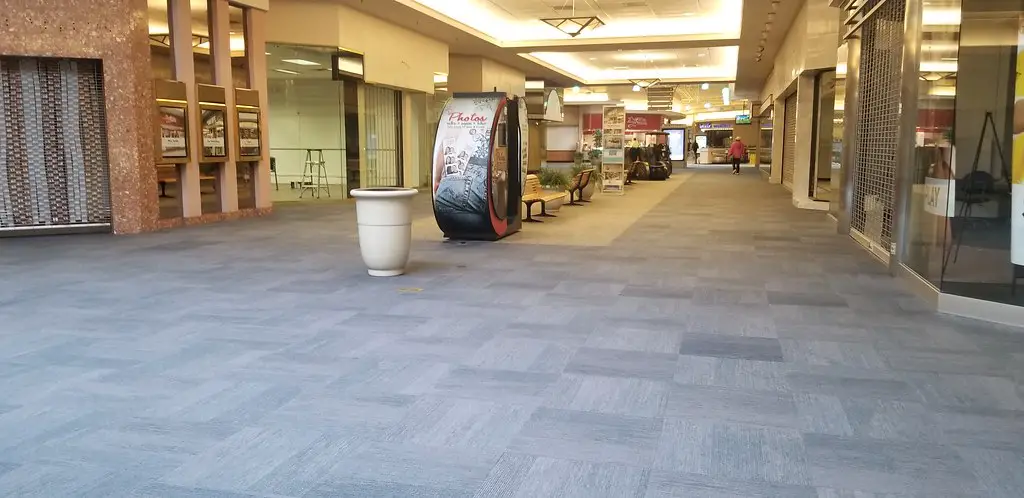
Recent Developments and New Tenants
The Mall of Monroe continued to evolve in the mid-2010s, responding to changes in retail trends.
In 2016, Phoenix Theatres expanded its presence by adding four new screens, turning it into a larger and more modern cinema.
This update also led to the removal of the food court, signaling a shift in how the mall utilized its available space.
That same year, Carson's, which had replaced Elder-Beerman, faced a downturn. By 2018, both Carson's stores in the mall closed as part of a nationwide liquidation of the brand.
Despite these closures, the mall remained active, finding new uses for its large anchor spaces.
For instance, Monroe City Church opened in 2019, occupying the former Carson's Home Store space and bringing a different kind of foot traffic to the property.
In another attempt to diversify offerings, River Raisin Crossfit opened in 2019 near the area previously used by Dunham's Sports and rue21.
The former Pat Catan's location, which had closed the same year, remained empty despite initial plans to convert it into a Michaels craft store.
Transformation into a Mixed-Use Center
As traditional retail tenants dwindled, the mall began reconfiguring its spaces for non-retail uses.
In 2020, Leviathan, a local marketing company, moved into the mall, taking over spaces near the former Target and Pat Catan's.
These changes highlighted the mall's efforts to bring in a variety of businesses that could attract different types of visitors.
The following year, in 2021, the former Target building found a new purpose when it was sold to Richmond Main LLC.
This company announced plans to convert the space into an auto parts business, reflecting another pivot toward industrial and service-oriented tenants.
Throughout this period, the mall's management worked to fill gaps left by traditional retailers.
While some spaces remained vacant, the mix of tenants now included fitness centers, a church, and unique businesses like Ragnarok Motorworks and CubeSmart Self Storage.
Recent Developments at The Mall of Monroe
In February 2024, the mall announced the upcoming opening of Dirty Birdie, a virtual indoor golf business.
In mid-April 2024, Dirty Birdie opened at The Mall of Monroe, occupying 6,500 square feet.
This entertainment venue features six golf simulators, five axe-throwing lanes, a full-service bar, and a restaurant offering a modern American menu.
Around the same time, reports indicated that the mall receives approximately 1.3 million visits annually from about 228,000 unique visitors.
The management is actively seeking to lease vacant units to local businesses, emphasizing experiential offerings to align with current retail trends.
These developments reflect The Mall of Monroe's ongoing efforts to adapt to changing consumer preferences and maintain its role as a community hub.

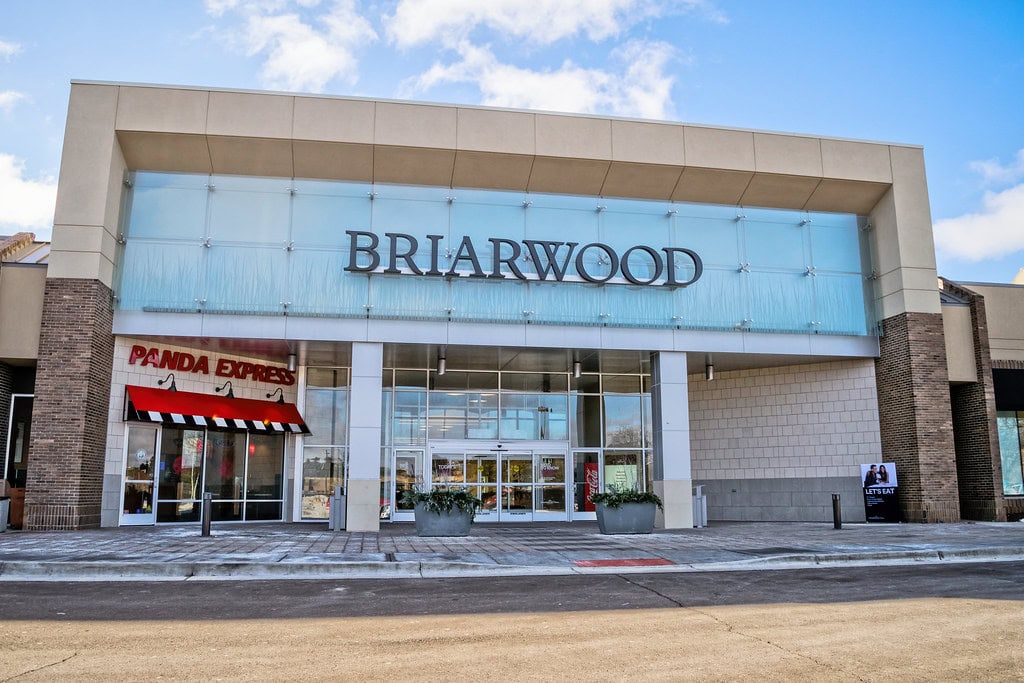
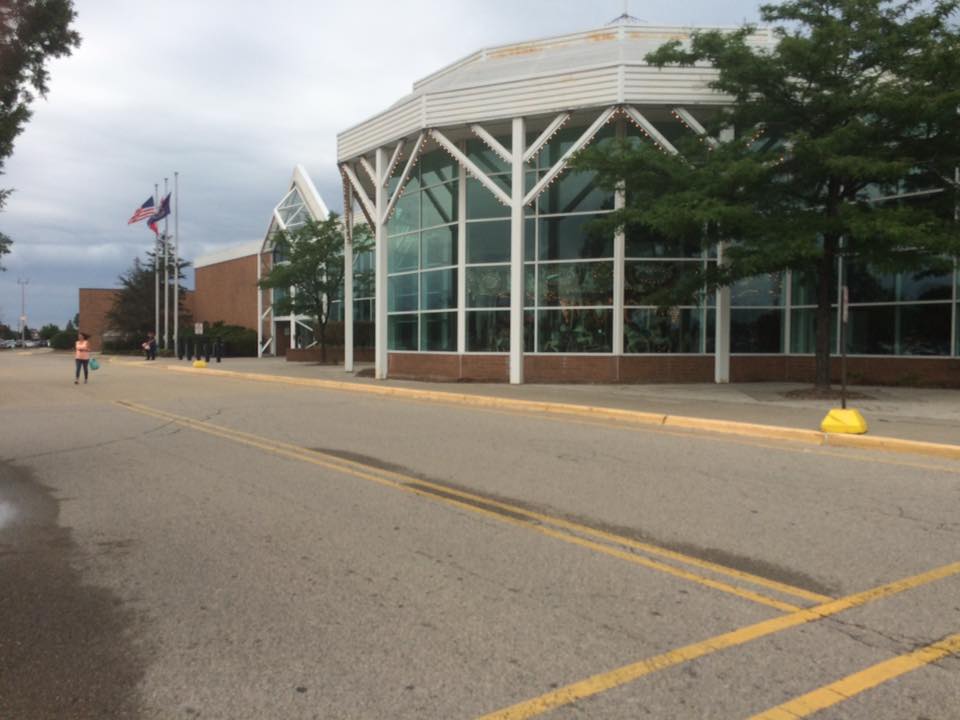
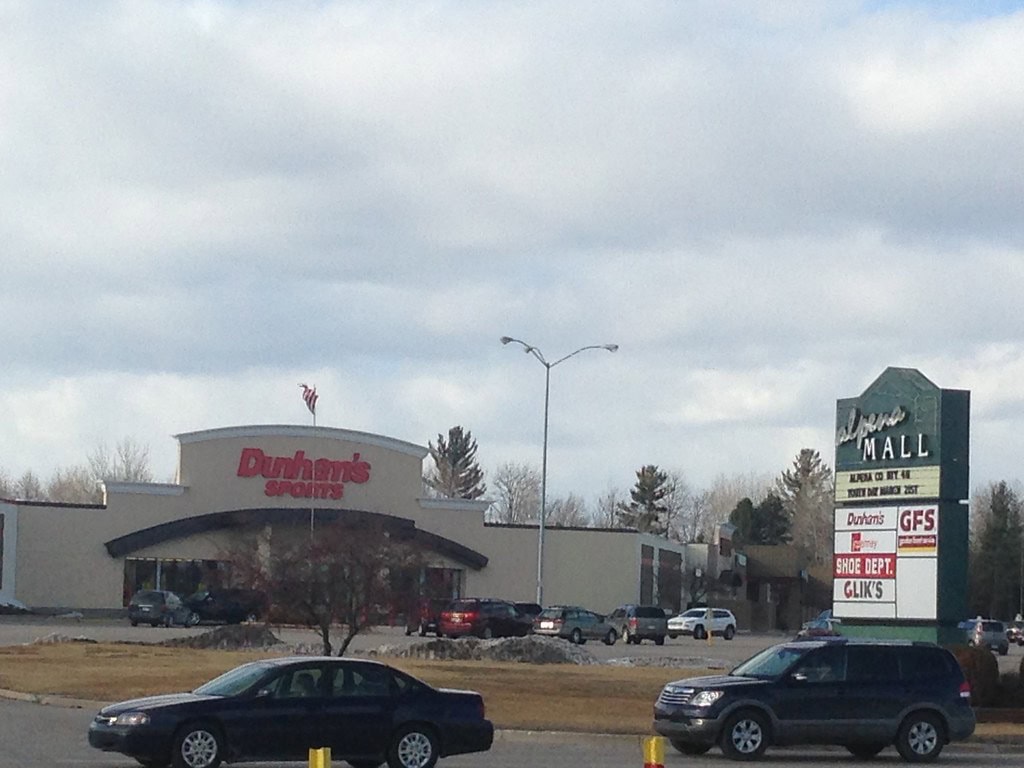
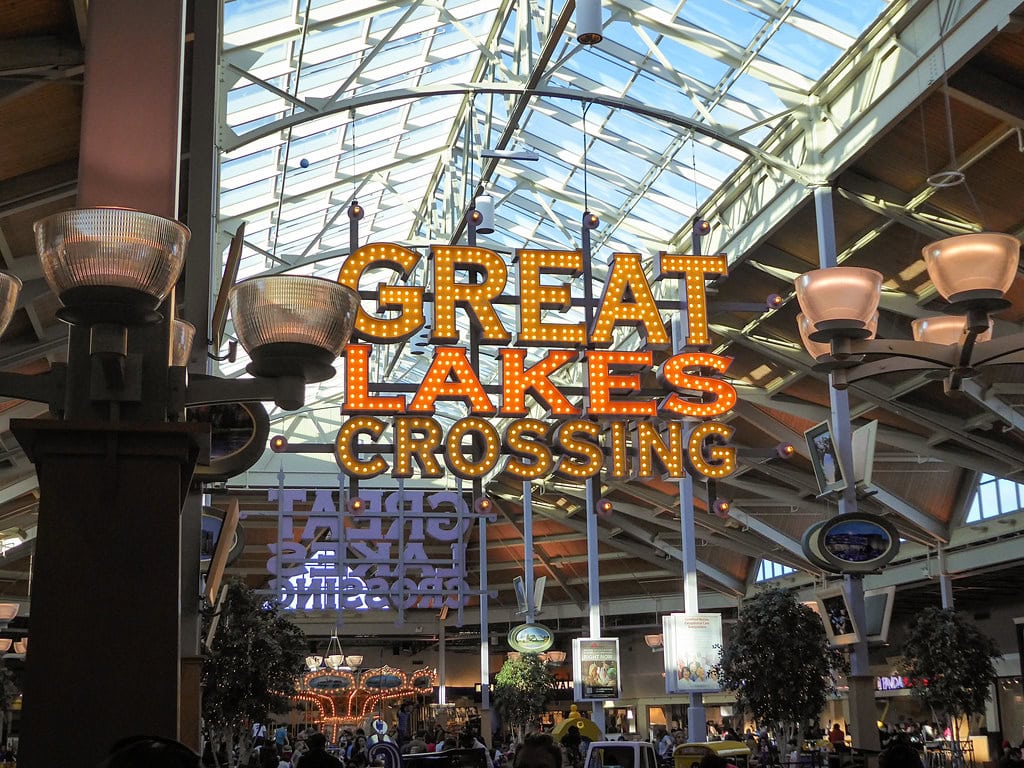

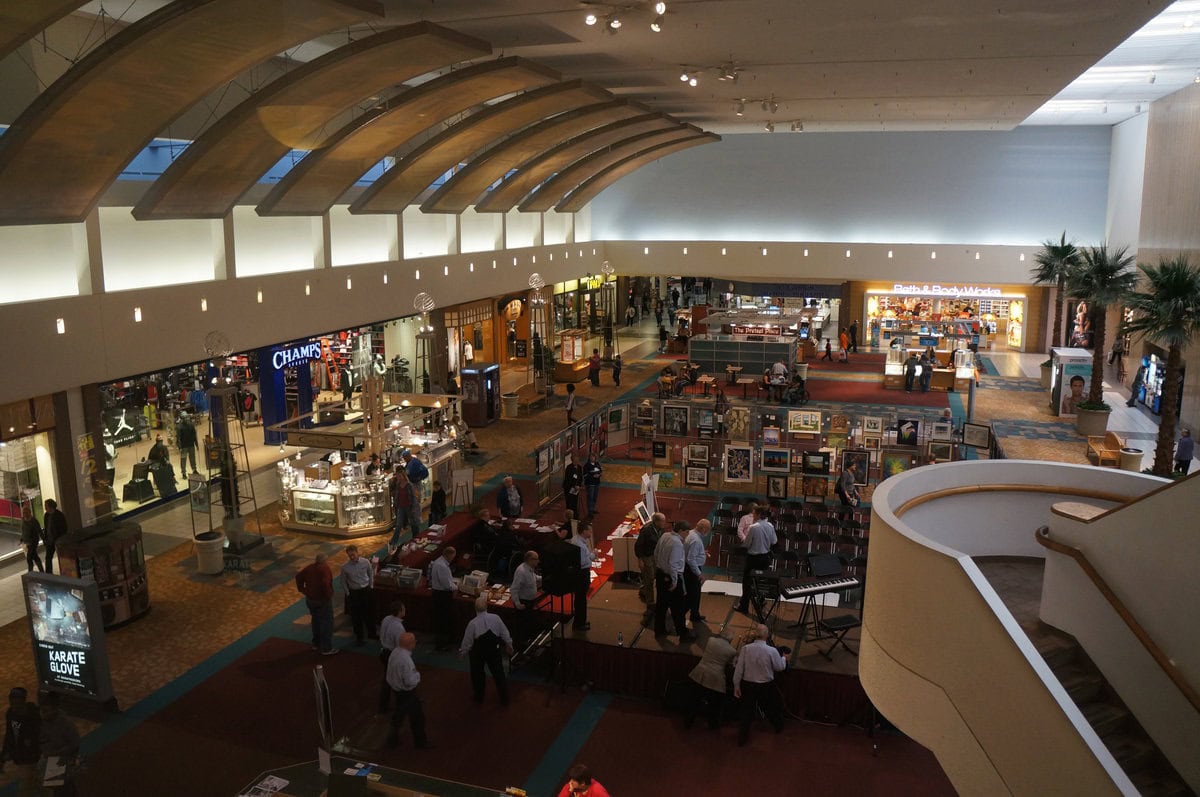
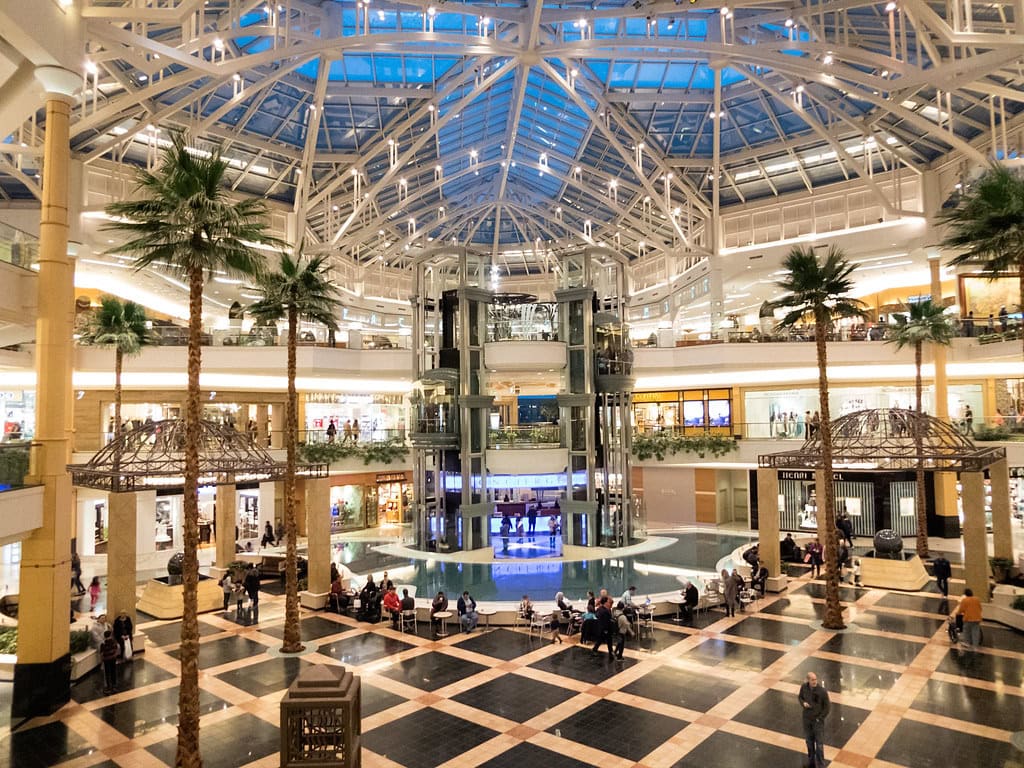
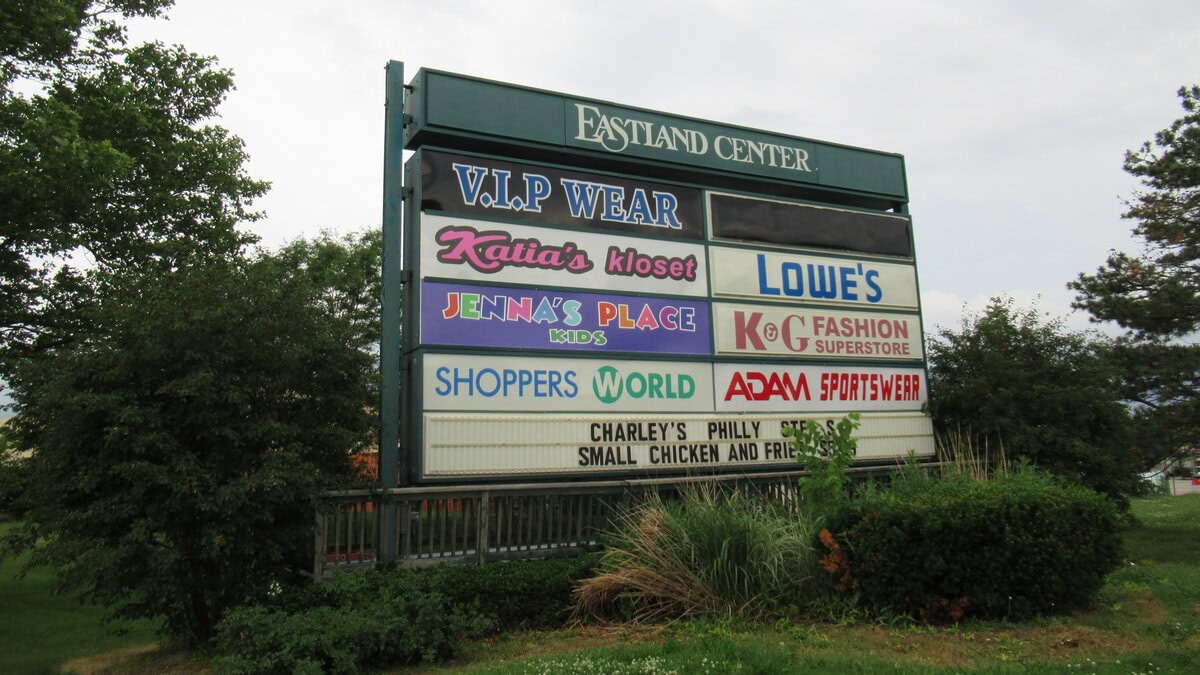
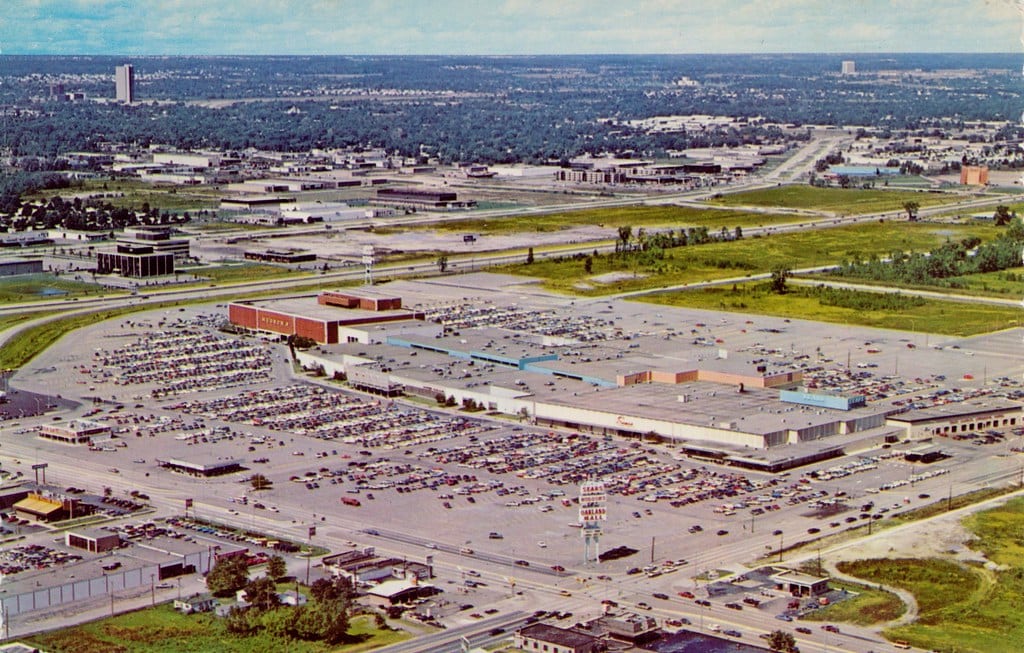
Ain’t happening…this mall has been a ghost town for many many years
It’s hard to see once-busy spaces become quiet. Thanks for sharing your honest thoughts on the mall.